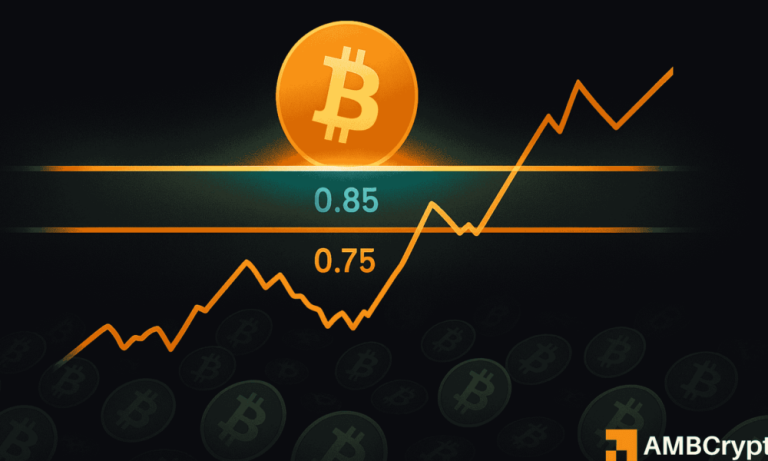
The crypto market recently experienced a dramatic event—a $1.2 trillion wipeout in just eight weeks. While it may seem catastrophic at first glance, experts believe it marks a pivotal reset in the industry, setting the stage for future growth and innovation. Let’s dive into what happened, the key takeaways, and what it could mean for the crypto market moving forward.
What Happened to the Crypto Market? A Technical Breakdown
Between October and November, the global cryptocurrency market cap plummeted from $4.6 trillion to $3.4 trillion, effectively erasing $1.2 trillion in value. This wasn’t a typical ‘market crash.’ Instead, it was a massive deleveraging event—caused by excessive leverage colliding with record-low liquidity.
Open interest in futures contracts climbed to $217 billion, while spot liquidity accounted for just 5% of normal levels. This imbalance created a self-reinforcing loop of margin calls and forced selling, causing prices to dip further and amplifying liquidations. Within just 24 hours on October 10, leveraged positions worth $19 billion were liquidated, wiping out nearly 487,000 traders.
By the end of the month, open interest had dropped 43% to $123 billion, showcasing one of the fastest market resets in recent memory. Renowned analyst Shanaka Perera aptly described it as, “The machine ate itself.”
Signs of Resilience: Crypto Adoption and Institutional Activity
Despite the wipeout, the underlying fundamentals of the crypto market remain rock solid. Recent statistics reveal positive trends:
- The number of global crypto users has surged to 560 million, reflecting a 40 million increase in just six months.
- Stablecoins now account for 30% of all crypto transactions, compared to just 10% in 2022.
- Institutional players like BlackRock and MicroStrategy have shown increased confidence, collectively acquiring over 1 million Bitcoin.
Even regulatory clarity is progressing. In the U.S., both the GENIUS Act and the CLARITY Act have created clear legal frameworks for stablecoins and broader crypto adoption.
Where is the Market Headed Next?
History often shows that significant market resets ultimately lead to periods of unprecedented growth. For instance, every major crypto downturn—from 2017 to 2021—was followed by substantial rallies to new all-time highs. As leverage clears out, analysts recommend keeping an eye on key indicators:
- Open interest dropping below $30 billion
- ETF inflows exceeding $5 billion per week
- A 20% monthly growth in the total supply of stablecoins
These metrics, when aligned, could signal a market recovery and the next bullish phase.
A Product to Track Crypto Trends
If you’re serious about monitoring the crypto market, consider investing in reliable crypto analytics tools like Messari. Messari provides in-depth insights, on-chain analytics, and market charts to help traders and investors make informed decisions. With tools like this, you can stay ahead of the curve and capitalize on the next market trend.
Conclusion: Builders and Institutions are Staying the Course
The recent wipeout wasn’t a failure but rather a calculated reset. While it dealt a heavy blow to overleveraged traders, crypto fundamentals have kept moving forward. Builders, institutions, and policymakers are ensuring that the next phase of crypto adoption will be bigger and more robust than ever.



